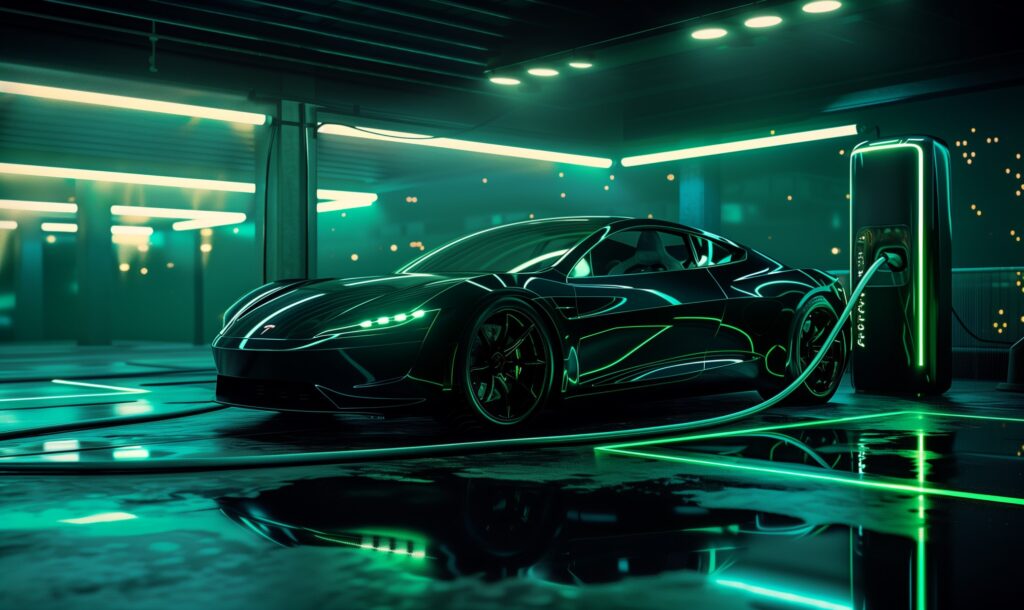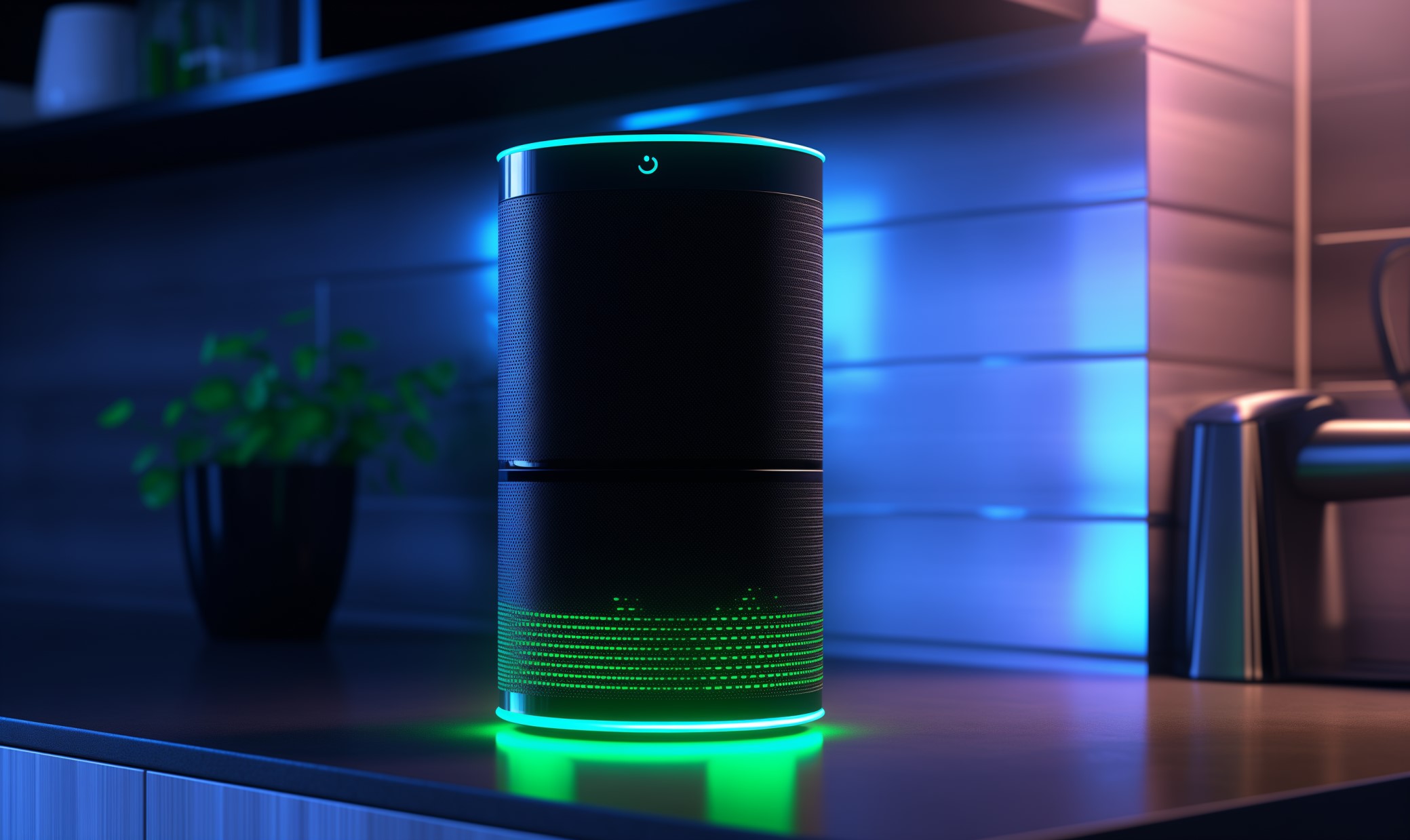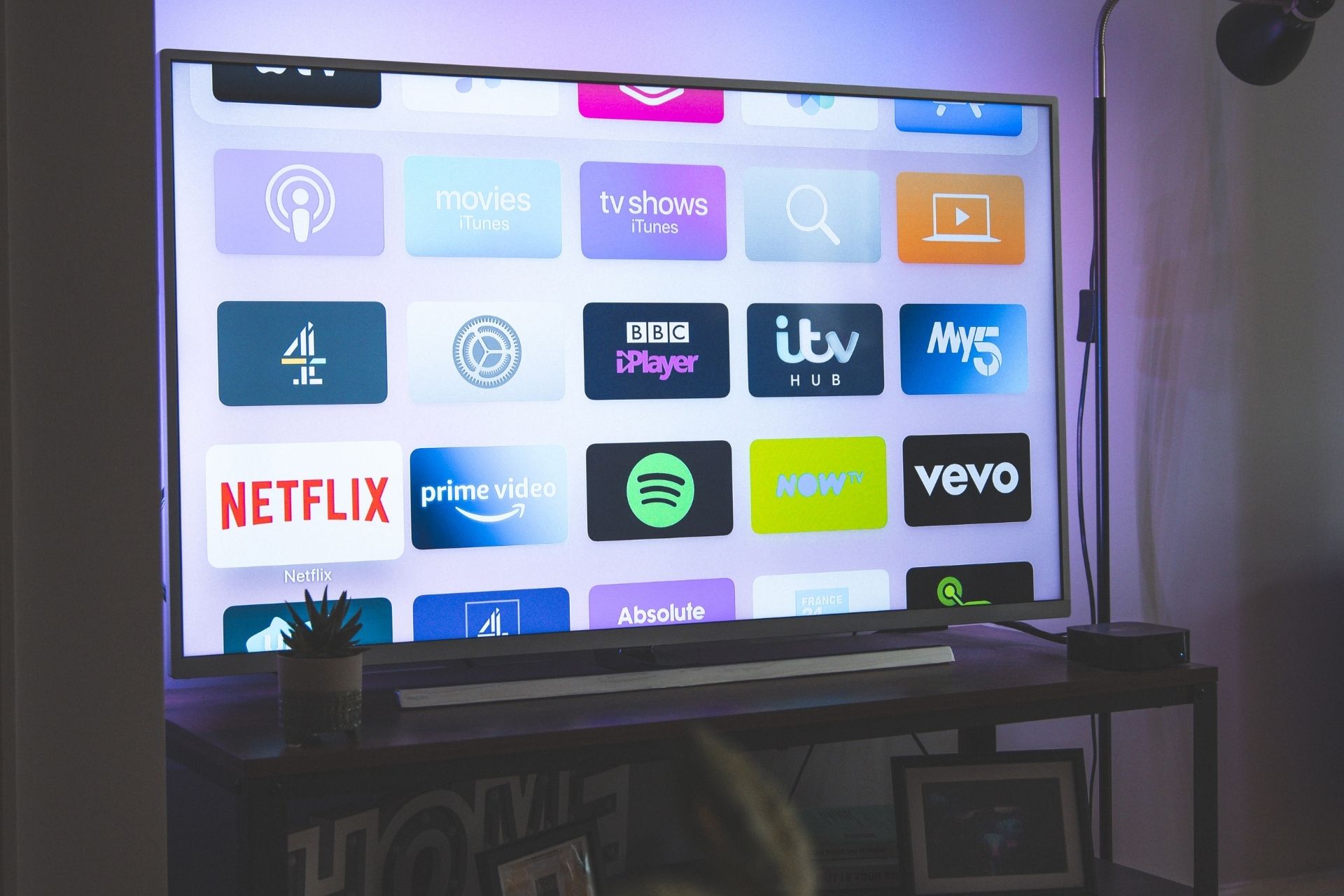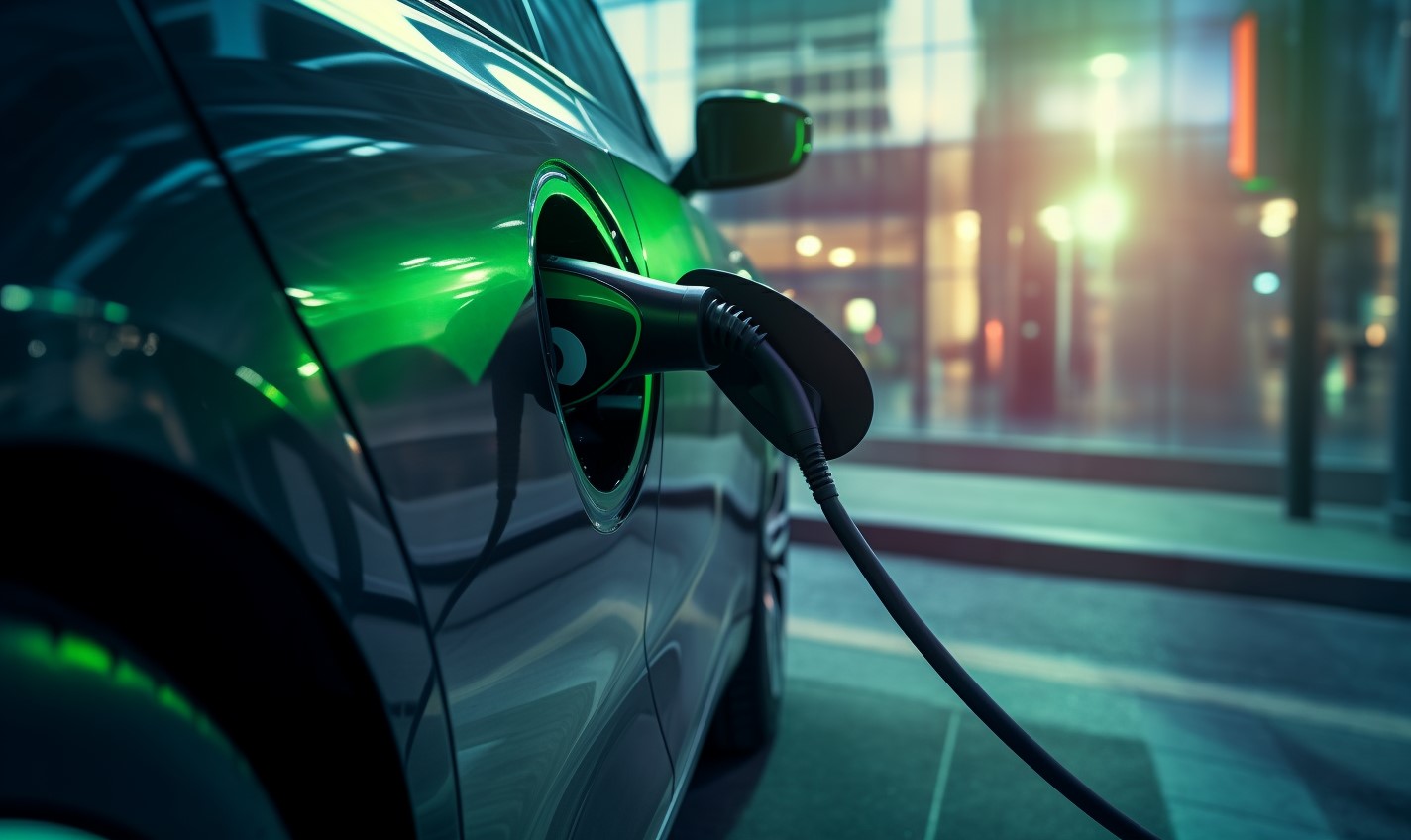The Internet of Things (IoT) has long since been a source of all things innovation, and music is no exception. IoT is changing the way artists can create and perform harmonies.
IoT touches almost every aspect of life. As it influences and guides music in a new direction, artists are finding more ways to get creative. From remote performances to wearable devices, IoT has enabled this art to become more in-depth and collaborative.
Here are five areas of music that IoT has led in innovative directions.
Remote Performances
Performances are sometimes limited to certain locations or a one-time event. Sometimes, artists wish to collaborate but are unable due to other commitments or restrictions.
IoT innovation can bring these people together. Over a computer network, musicians in different locations can interact in real-time with high-quality audio and visual connections. They can then perform music together as if they were in the same room or on the same stage.
This setup could benefit smaller artists who may not be able to travel to meet their bands or singers. It could also lead the way to the future of performance where artists put on a show in different locations for audiences.
Remote Recording
Similarly, IoT is changing the way artists may record in the future.
People can use programs or applications like Ohm Studio to collaborate and produce music from remote locations. By using the internet, artists no longer have to worry about meeting in person.
Additionally, using Musical Instrument Digital Interface (MIDI) can help with music production, too. MIDI technology can assist in obtaining sounds artists might not otherwise have access to. For example, you can remotely control an instrument and transmit its sound back to your computer. With that kind of innovation, no noise is off-limits.
Algorithmic Composition
Algorithmic composition describes algorithm-made music. It most commonly includes music that operates free of human interaction. This music can take a number of different approaches. It can collaborate with artificial intelligence (AI), machine learning (ML) and more, but it often overlaps with generative music, system-made sounds that are always changing.
When the two combine, you get examples like John Cage’s “Reunion,” where pieces of a chessboard play music with movement.
Concert Security
When attending a concert, you encounter various lines and wait times. In fact, many attendees typically arrive up to hours ahead to save a spot. With IoT innovation, though, solutions are on the way.
With a brand like Eventbrite, the ticketing process may eventually speed up. Eventbrite recently acquired Scintilla Technologies, a chip-making company. Together, they are developing a Bluetooth RFID chip that would serve as a wearable ticket you can walk through security with — no need to pull a ticket out.
Security would need to have an RFID antenna to receive transmissions from the chips. Once in play, however, this technology would optimize the concert entrance process.
Wearables
Though the RFID chip would count as a wearable, there are other devices geared explicitly towards listening and accessorizing for everyday life or concerts.
For example, LED bracelets that sync with the music, lighting and movement at a concert would engage the audience like never before. This infrared technology from IoT would bring audiences closer to each other as well as providing a unique experience.
Taylor Swift’s 1989 World Tour featured this device. The lights in the bracelets changed colors and speeds to sync to the specific songs and moments, a development that pushed wearables into the spotlight.
The Future of IoT Music
The future of IoT doesn’t always show up in the most noticeable ways. Sometimes, it’s more subtle, like the LED wearables. Other times, like with remote performances, IoT shows what it’s capable of.
The internet will likely develop as a platform in addition to a means of communication and production. New technology may serve as instruments, like Imogen Heap’s Mi.Mu gloves. Plus, music and IoT may eventually combine to create a new way of creating sound.
Recent Stories
Follow Us On
Get the latest tech stories and news in seconds!
Sign up for our newsletter below to receive updates about technology trends














